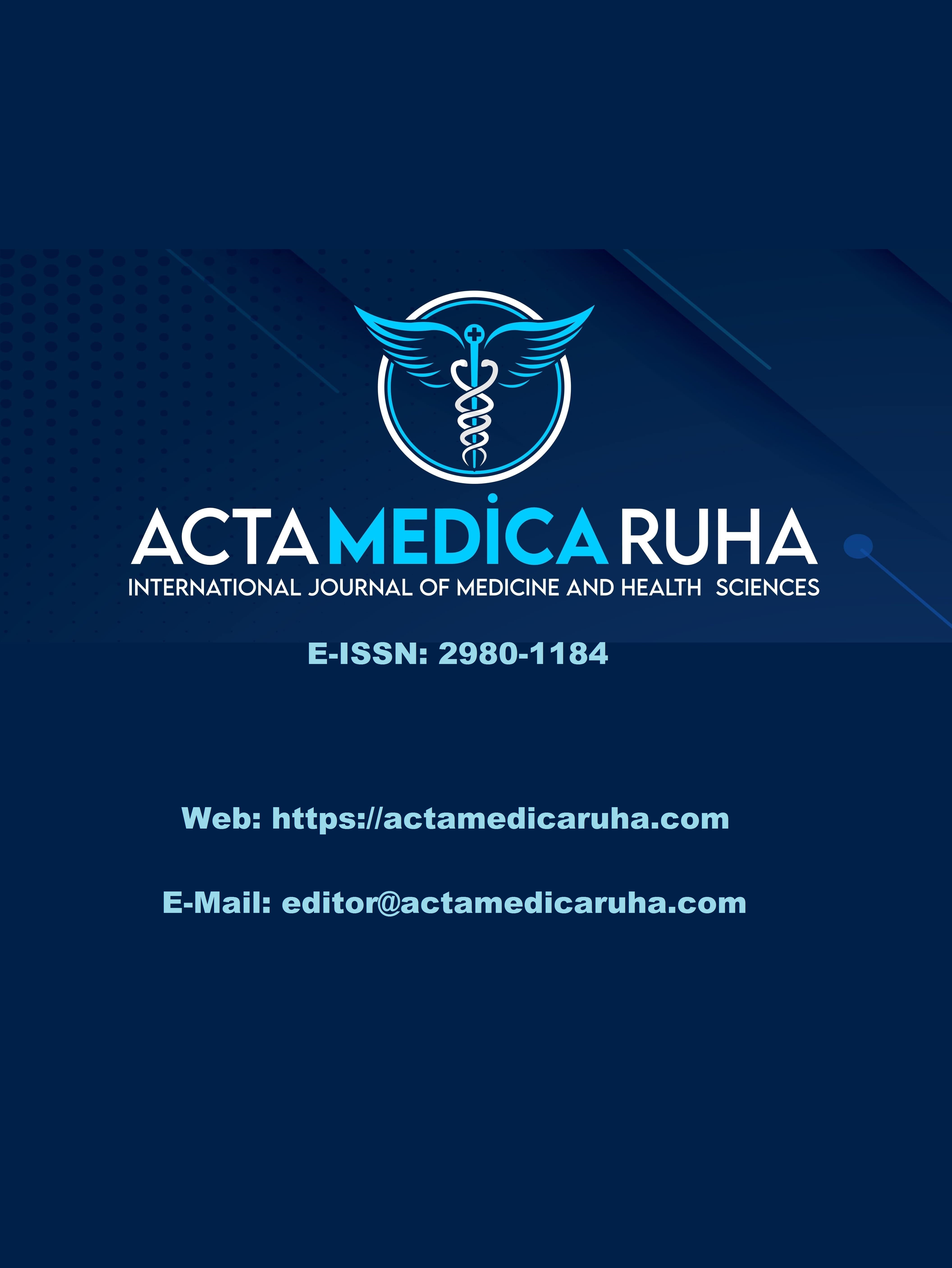A Smartphone Application Designed To Analyze Foot Deformity: A Descriptive Pilot Research (Correlation Study)
Araştırma Makalesi
DOI:
https://doi.org/10.5281/zenodo.8383284Anahtar Kelimeler:
Flatfoot, Foot Deformities, Mobile Applications, Smartphone, Talipes CavusÖzet
Introduction: An X-ray, CT scan, or foot analysis machines are important diagnostic tools for foot deformity. In the literature, several studies have investigated their effectiveness for correct diagnose. However, these methods cannot be used in a remote manner and patients have to spend considerable amount of time and money to make physical clinical visits.
Objective: We aimed to develop a low-cost, contactless system using the smartphone application to remotely evaluate foot deformity and to investigate the correlation between the smartphone application and pedographic analysis.
Method: 14 individuals (28 feet) with foot deformities were included in this study. We developed a smartphone application called ‘ArdAyak’ to evaluate the foot deformities remotely. Additionally, we collected pedographic analysis reports of patients by SIDAS custom foot analysis machine in a clinical setting to investigate the correlation with ‘ArdAyak’ application.
Results: According to pedographic analysis, the percentage of 1st degree pes planus was 36, the percentage of pes cavus was found to be 29. Additionally, the Pearson Correlation Coefficient showed moderate correlation between the pedographic analysis and ArdAyak app (r=.468, 95% confidence interval [CI]= (.07-.86), p<0.05).
Conclusion: The smartphone app ‘‘Ardayak’’ may have the potential to be a convenient, easy-to-use, and feasible tool for the assessment of foot deformities.
Referanslar
MacGregor R, Byerly DW. Anatomy, Bony Pelvis and Lower Limb, Foot Bones. In: StatPearls. 2021 [cited 2021 3 June]. Avaible from: http://www.ncbi.nlm.nih.gov/books/NBK557447/ .
Jacob D. Orthopaedia: Foot & Ankle. America: Codman Group; 2020.
Franco, A. H. (1987). Pes cavus and pes planus: analyses and treatment. Physical therapy, 67(5), 688-694.
InformedHealth.org [Internet]. Cologne, Germany: Institute for Quality and Efficiency in Health Care (IQWiG); 2006-. Foot deformities. 2018 Jun 28.
Raj MA, Tafti D, Kiel J. Pes Planus (Flat Feet). StatPearl-NCBI Bookshelf, 2020. Available from: https://www.ncbi.nlm.nih.gov/books/NBK430802/
Michaudet, C., Edenfield, K. M., Nicolette, G. W., & Carek, P. J. (2018). Foot and Ankle Conditions: Pes Planus. FP essentials. 465, 18-23.PMID: 29381041.
Burns J, Crosbie J, Hunt A, Ouvrier R. The effect of pes cavus on foot pain and plantar pressure. Clinical Biomechanics. 2005; 20(9):877-82.PMID: 15882916, doi: 10.1016/j.clinbiomech.2005.03.006.
Sachithanandam V, Joseph B. The influence of footwear on the prevalence of flat foot. A survey of 1846 skeletally mature persons. J Bone Joint Surg Br. 1995; 77: 254-7.PMID: 7706341
Turner SN. Pes Cavus. 2018. Available from:https://emedicine.medscape.com/article/1236538-overview (Accessed 23 April 2020)
Burns J. Landorf KB. Ryan MM. Crosbie J. Ouvrier RA. Interventions for the prevention and treatment of pes cavus. Cochrane Database of Systematic Reviews. 2007; 4: CD006154.. doi:10.1002/14651858.CD006154.pub2
Pita-Fernandez S, Gonzalez-Martin C, Alonso-Tajes F, Seoane-Pillado T, Pertega-Diaz S, Perez-Garcia S, et al. Flat foot in a random population and its impact on quality of life and functionality. Journal of clinical and diagnostic research: JCDR. 2017; 11(4): LC22.PMCID: PMC5449819, doi: 10.7860/JCDR/2017/24362.9697.
Kanatli, U., Yetkin, H., Cila, E. Footprint and radiographic analysis of the feet. Journal of Pediatric Orthopaedics. 2001; 21(2), 225-228.PMID: 11242255
Yalçin N, Esen E, Kanatli U, Yetkin H. Medial longitudinal arkın değerlendirilmesi: Dinamik plantar basınç ölçüm sistemi ile radyografik yöntemlerin karşılaştırılması. Acta Orthop Traumatol Turc. 2010; 44(3), 241-5.
Smith DG, Barnes BC, Sands AK, Boyko EJ, Ahroni JH. Prevalence of radiographic foot abnormalities in patients with diabetes. Foot Ankle Int. 1997; 18(6): 342–346.PMID: 9208292, doi: 10.1177/107110079701800606.
Gün K, Saridoğan M, Uysal Ö. Pes Planus Tanısında Ayak İzi ve Radyografik Ölçüm Yöntemlerinin Korelasyonu. Türkiye Fiz Tıp Ve Rehabil Derg. 2012; 58(4): 283–287.doi : 10.4274/tftr.93824.
Winfeld MJ, Winfeld BE. Management of pediatric foot deformities: an imaging review. Pediatr Radiol. 2019; 49(12): 1678-1690. PMID: 31686173, doi: 10.1007/s00247-019-04503-4.
Chen K-C, Yeh C-J, Kuo J-F, Hsieh C-L, Yang S-F, Wang C-H. Footprint analysis of flatfoot in preschool-aged children. Eur J Pediatr. 2011; 170(5): 611–617.PMID: 20972687, doi: 10.1007/s00431-010-1330-4.
Pauk J, Ihnatouski M, Najafi B. Assessing plantar pressure distribution in children with flatfoot arch: application of the Clarke angle. J Am Podiatr Med Assoc. 2014; 104(6): 622–632.PMID: 25514275, doi: 10.7547/8750-7315-104.6.622.
İndir
Yayınlanmış
Nasıl Atıf Yapılır
Sayı
Bölüm
Lisans
Telif Hakkı (c) 2023 Acta Medica Ruha

Bu çalışma Creative Commons Attribution 4.0 International License ile lisanslanmıştır.











